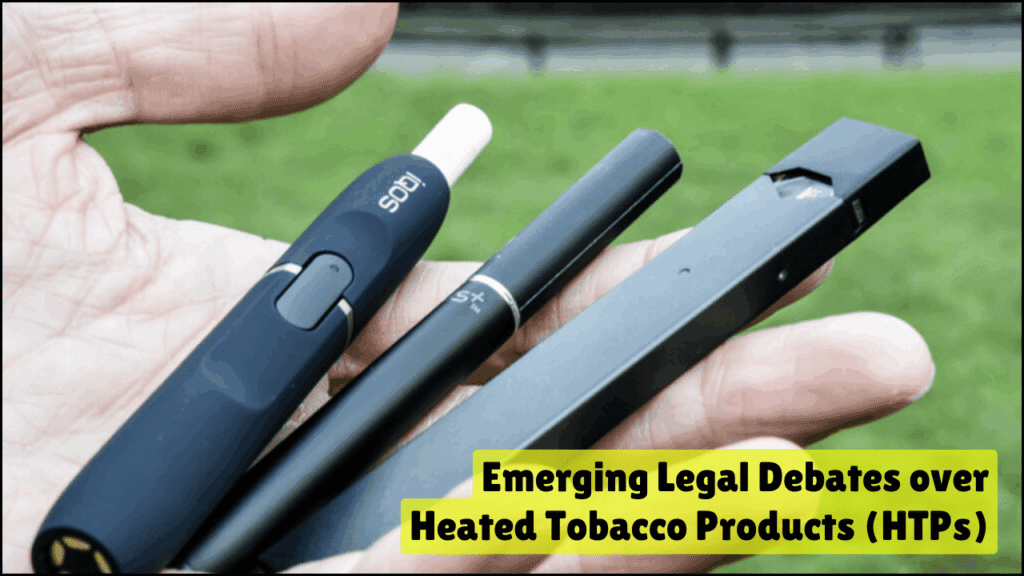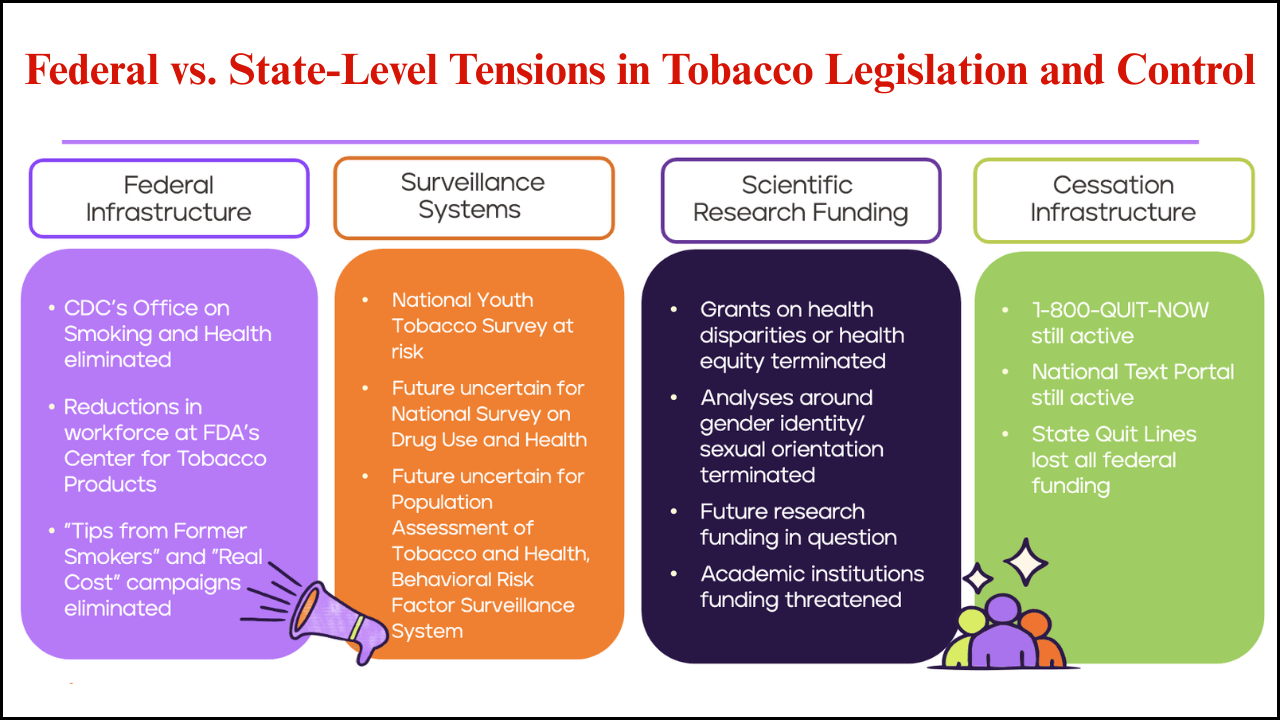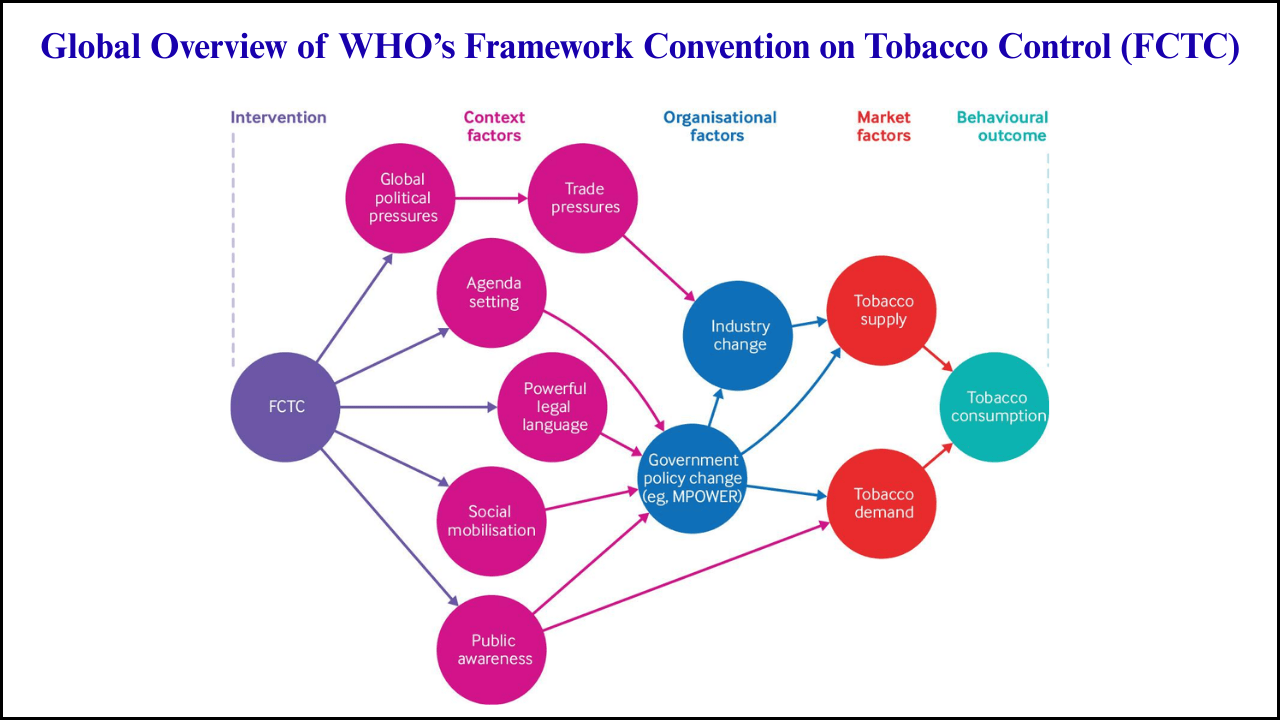
Heated tobacco products (HTPs) represent a new generation of nicotine delivery systems that differ significantly from traditional cigarettes and e-cigarettes. The growing popularity of HTPs has led to widespread discussion among policymakers, public health experts, and legal authorities. Regulation of these products is complex because they blur boundaries between combustible tobacco and electronic nicotine devices. Legal debates surrounding HTPs reflect not only public health concerns but also issues of taxation, advertising, intellectual property, and international trade.
Table of Contents
Understanding Heated Tobacco Products
- Heated tobacco products are devices that warm processed tobacco rather than burning it.
- The heating process releases nicotine-containing vapor with fewer harmful chemicals compared to smoke from traditional cigarettes.
- Major companies such as Philip Morris International and British American Tobacco market HTPs as reduced-risk alternatives.
- Unlike e-cigarettes, which use nicotine liquids, HTPs still contain real tobacco, creating distinct legal challenges.
Key Legal Debates on Heated Tobacco Products
1. Classification in Law
- Uncertainty exists about whether HTPs should be treated as tobacco products, medicinal products, or electronic devices.
- Countries vary in definitions:
- Some classify HTPs under existing tobacco laws.
- Others regulate them as novel nicotine products.
- A few consider them consumer electronics.
- Classification affects taxation, marketing restrictions, and health warnings.
2. Public Health and Harm Reduction
- Advocates argue that HTPs reduce exposure to harmful chemicals.
- Critics highlight unknown long-term health impacts.
- Legal debate centers on whether harm reduction justifies less restrictive regulations.
- Regulators struggle to balance innovation with public health protection.
3. Taxation and Revenue Implications
- Governments face challenges in setting excise taxes:
- Taxing at cigarette levels may discourage smokers from switching.
- Taxing too lightly risks encouraging youth uptake.
- Revenue from HTPs is becoming significant in some markets, sparking disputes over fair taxation policies.
4. Packaging and Labeling
- Disagreement persists over how warnings should appear on HTP packaging.
- Some jurisdictions mandate graphic health warnings similar to cigarettes.
- Others permit less severe warnings, citing lower toxicity.
- Industry argues for differentiation, while health authorities emphasize uniform labeling.
5. Advertising and Promotion
- Traditional tobacco advertising restrictions often extend to HTPs.
- Legal battles emerge when companies claim HTPs should be advertised as reduced-risk alternatives.
- Social media promotions and influencer marketing create additional regulatory concerns.
6. Intellectual Property and Trade
- Patent disputes are common, as HTPs involve complex heating technologies.
- International trade organizations debate whether HTPs fall under existing tobacco treaty rules.
- Countries face trade pressure when regulating imports and exports of HTPs.
7. Youth Access and Age Restrictions
- Widespread concern exists about youth experimentation.
- Legal debates revolve around the enforcement of minimum age laws and online sales restrictions.
- Critics argue that flashy designs and flavors may appeal to young people.
8. International Treaty Obligations
- The World Health Organization Framework Convention on Tobacco Control (WHO FCTC) provides global guidance.
- Legal ambiguity remains about whether HTPs are fully covered under the treaty.
- Countries interpret obligations differently, leading to inconsistent regulations.
Comparative Legal Approaches to HTPs
| Country/Region | Legal Classification | Taxation Policy | Advertising Rules | Health Warnings |
|---|---|---|---|---|
| European Union | Classified as tobacco products under the Tobacco Products Directive (TPD) | Member states set varied excise levels | Strict limits, mostly the same as cigarettes | Pictorial warnings required |
| United States | Regulated by the FDA as tobacco products | Excise taxes vary by state | Modified risk claims require FDA approval | Text warnings mandated |
| Japan | Treated separately from cigarettes | Lower tax rates than cigarettes | Advertising permitted under industry codes | Minimal warnings |
| South Korea | Classified as tobacco products | High excise duties, closer to cigarette levels | Restrictions similar to traditional tobacco | Graphic warnings enforced |
| India | Considered under tobacco control laws | High taxation | Ban on promotion and sponsorship | Strict health warnings |
| Australia | Effectively banned | N/A | N/A | N/A |
Arguments Supporting HTP Regulation
- Public Health Protection: Ensures unknown risks are minimized.
- Preventing Youth Addiction: Strong rules can reduce underage experimentation.
- Revenue Generation: Taxes can fund healthcare systems.
- Consistency with Tobacco Control Laws: Prevents industry exploitation of legal loopholes.
Arguments for Flexible Regulation
- Harm Reduction Potential: May encourage smokers to switch from more dangerous products.
- Innovation Encouragement: Supports scientific development of safer alternatives.
- Consumer Rights: Adult smokers should have access to less harmful options.
- Global Trade Fairness: Flexible laws prevent unnecessary trade disputes.
Ongoing Legal Controversies
- Whether companies can market HTPs as “reduced risk” without definitive long-term evidence.
- Disputes over intellectual property rights for heating mechanisms.
- Clashes between public health groups and industry lobbyists in shaping legislation.
- Trade disputes occur when countries restrict imports of HTPs more heavily than cigarettes.
Future Directions in Legal Frameworks
- Greater harmonization of laws across countries is expected.
- More evidence from long-term studies will influence regulation.
- International organizations may clarify treaty obligations regarding HTPs.
- Digital marketing and cross-border e-commerce will remain legal battlegrounds.
Summary of Legal Debates
| Legal Area | Central Question | Current Controversy |
|---|---|---|
| Classification | Are HTPs tobacco, medical devices, or electronics? | Varies by country, impacts taxation and regulation |
| Public Health | Should harm reduction justify lighter laws? | Limited scientific consensus |
| Taxation | How should excise rates be set? | Balancing revenue and harm reduction |
| Labeling | Should warnings match cigarettes? | Debate over proportional risk |
| Advertising | Can reduced-risk claims be promoted? | Conflicts with tobacco advertising bans |
| Youth Access | Are current age restrictions effective? | Concerns about online sales |
| Intellectual Property | Who controls patents on heating technology? | Ongoing lawsuits |
| International Law | Do HTPs fall under WHO FCTC? | Differing interpretations |
Closing Reflections
Emerging legal debates over heated tobacco products highlight the difficulty of regulating innovation in the nicotine industry. Different national approaches reveal tensions between harm reduction, public health protection, and economic interests. Future legal frameworks will likely evolve as scientific evidence becomes clearer and as international bodies refine guidance. Balanced regulations will be crucial in determining whether HTPs are integrated responsibly into global markets or restricted alongside traditional tobacco.
Ask & Answer
Q1: How are HTPs different from e-cigarettes?
HTPs use real tobacco heated to release vapor, while e-cigarettes use nicotine-infused liquid.
Q2: Why is there legal controversy over HTP classification?
Classification determines tax levels, advertising rules, and whether products fall under tobacco control laws.
Q3: Are HTPs safer than traditional cigarettes?
Evidence shows lower toxic exposure, but long-term health effects remain uncertain.
Q4: Which countries have banned HTPs?
Australia, Singapore, and some Middle Eastern nations have strict bans.







